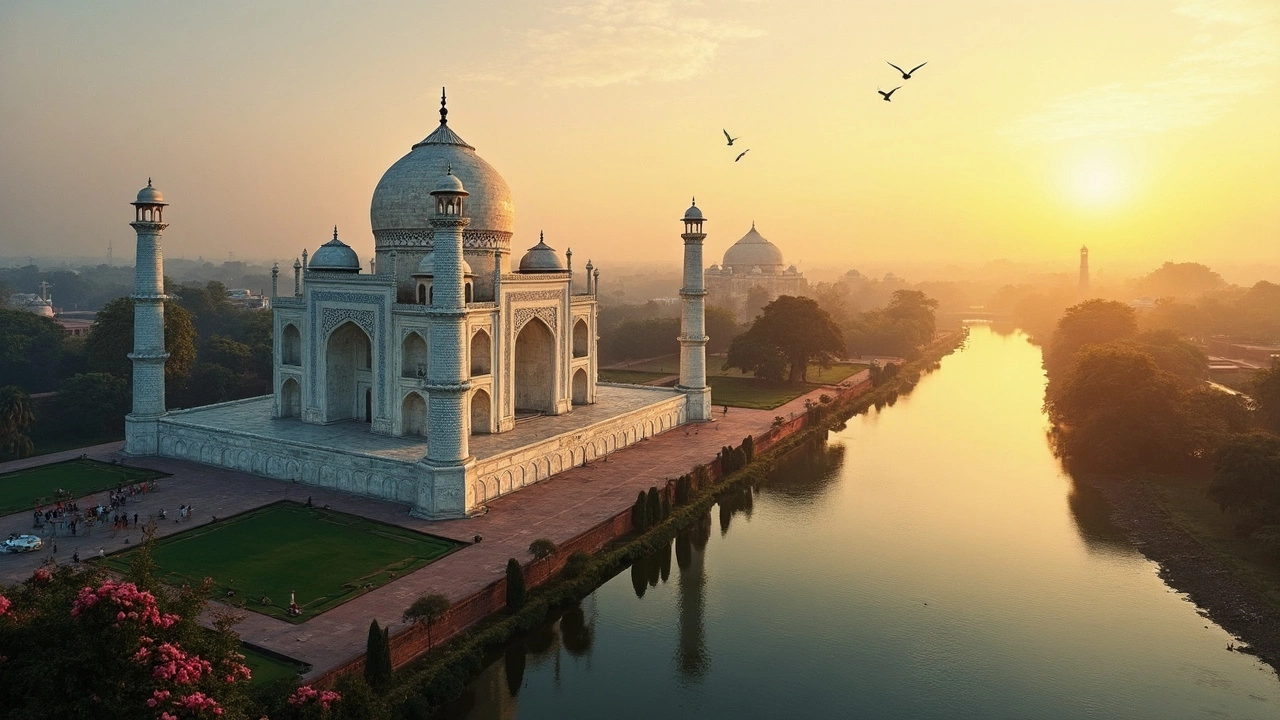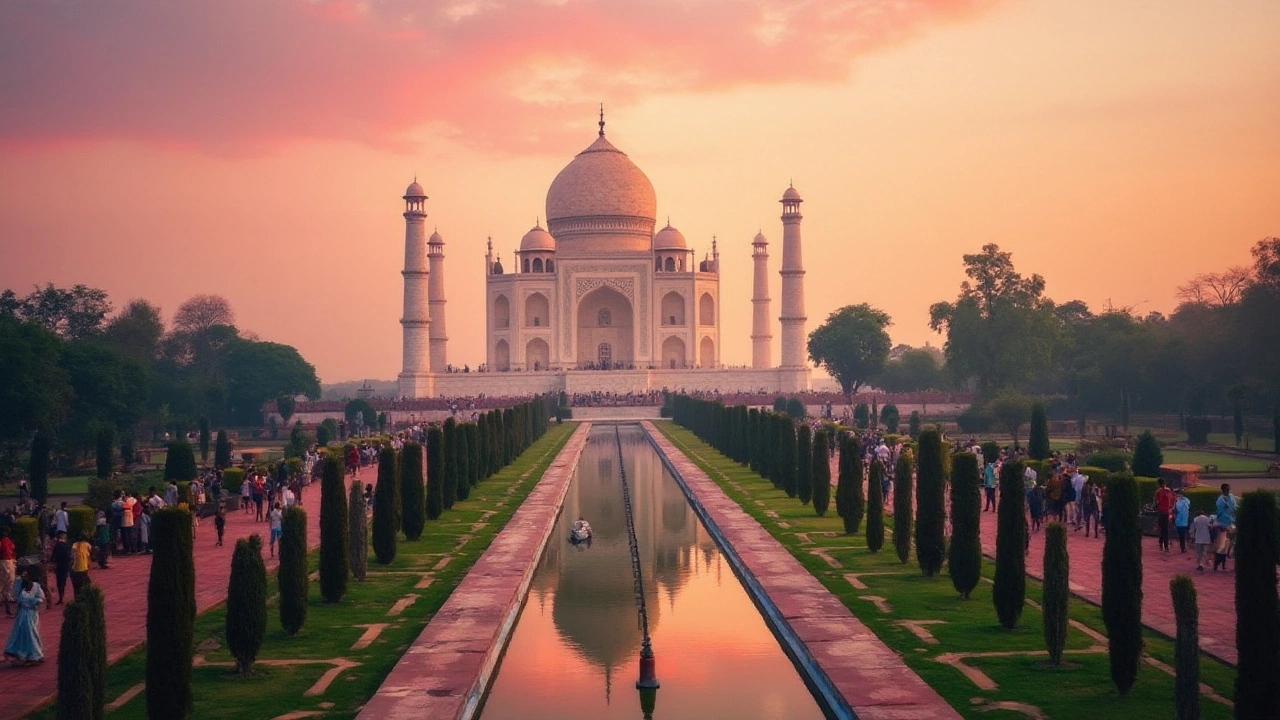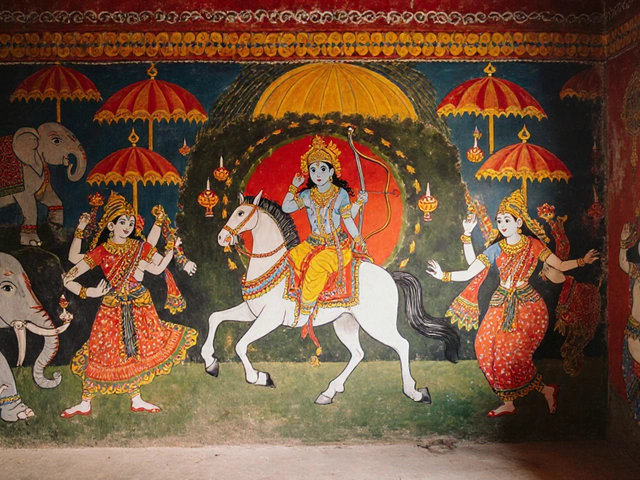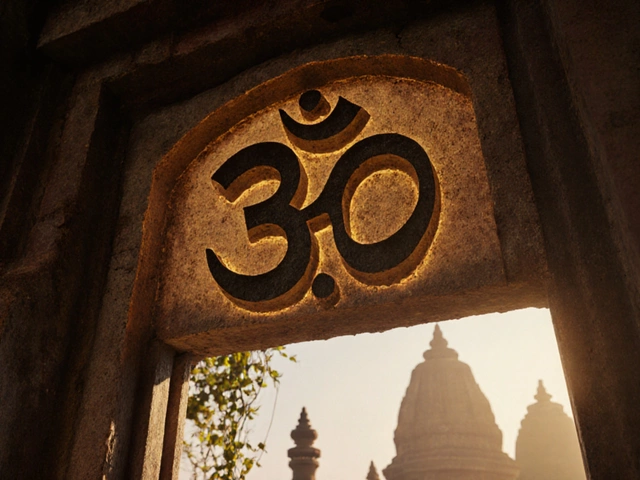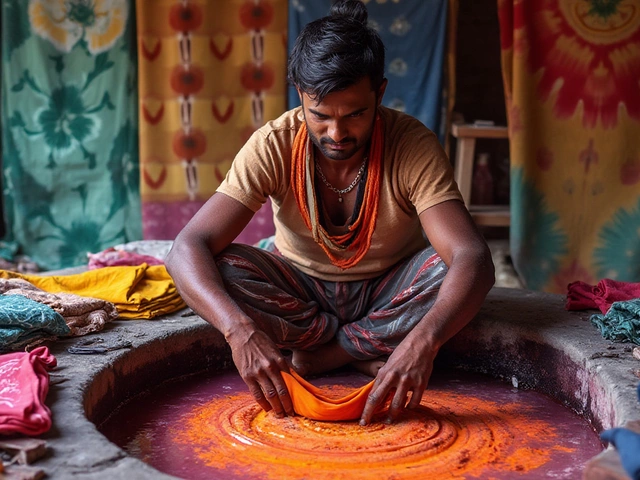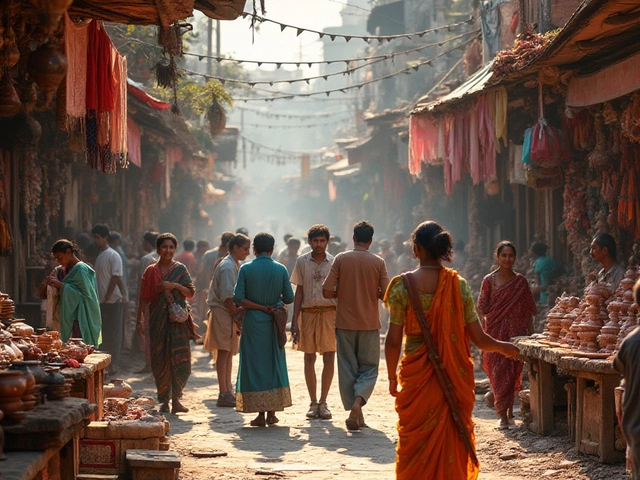India Monuments: Discover the Landmarks That Shape the Nation's Soul
When you think of India monuments, enduring stone structures that reflect centuries of spiritual, political, and artistic expression across the subcontinent. Also known as Indian heritage sites, these aren’t just tourist stops—they’re living records of who we were, how we believed, and what we built to last. Every brick, carving, and arch holds a story that didn’t fit in textbooks but survived anyway—in the shadow of the Taj Mahal, a white marble mausoleum built by Shah Jahan for his wife, Mumtaz Mahal, and now a global symbol of love and Mughal craftsmanship, in the red sandstone halls of the Red Fort, the imperial palace where emperors ruled and where India’s first Prime Minister declared independence in 1947, and deep in the forests of Madhya Pradesh, where the Khajuraho temples, a cluster of 10th-century temples famous for their intricate erotic sculptures and spiritual symbolism whisper secrets about how ancient Indians saw the body, the divine, and pleasure as one.
These aren’t random buildings. They’re part of a chain—each monument connected to religion, power, trade, or art. The India monuments you see today didn’t just appear. They grew from the same soil that gave us Pithora paintings, Carnatic music, and the rituals of Diwali. The same hands that carved gods into stone also painted stories on temple walls, danced in courtyards, and wove fabrics that still shimmer today. You can’t understand Indian culture without walking through these spaces. The Taj Mahal isn’t just pretty—it’s a monument to grief turned into beauty. The Red Fort isn’t just old—it’s where modern India was born. Khajuraho isn’t just shocking—it’s proof that ancient India didn’t shy away from truth, even when it was messy.
What you’ll find in the posts below aren’t just pictures of famous sites. You’ll read about the forgotten artists who carved the first temple pillars, the local families who still guard forgotten shrines, the festivals that come alive inside ancient walls, and how modern India still talks to these stones every day. Whether it’s the quiet dignity of a Gupta-era Buddha or the echoing grandeur of a Rajasthani haveli, these monuments aren’t frozen in time. They’re still breathing. And you’re about to hear what they’re saying.
